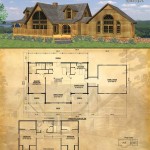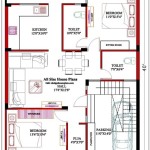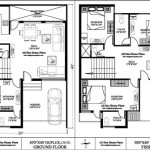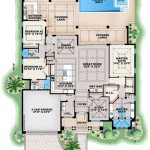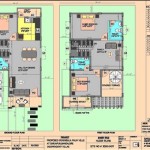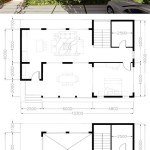Plans and Designs for Houses: Laying the Foundation for Your Dream Home
Creating your dream home is a captivating journey that begins with thoughtful planning and meticulous design. Architectural plans and designs are the blueprints that guide the construction process, ensuring that your vision is realized with precision and artistry.
1. Purpose and Functionality
The primary goal of any house plan is to fulfill your specific needs and lifestyle. Consider the number of bedrooms, bathrooms, and living spaces required. Determine the ideal layout that promotes seamless flow between rooms and maximizes natural light. Think about how you intend to use each space, whether for relaxation, entertainment, or work.
2. Architectural Style
The architectural style of your home sets the tone and aesthetic appeal. Choose a style that resonates with your personal preferences and complements the surrounding environment. From traditional to modern, rustic to contemporary, there is a myriad of styles to explore. Each style has its own unique characteristics, such as rooflines, window shapes, and exterior finishes.
3. Site Analysis
Understanding your building site is crucial for designing a home that harmonizes with its surroundings. Conduct a thorough site analysis, considering factors such as soil conditions, slope, orientation, and views. This information will inform decisions regarding foundation design, drainage, and placement of windows and doors.
4. Floor Plans
Floor plans are scaled drawings that show the arrangement of rooms and spaces within a house. They provide a comprehensive overview of the home's layout, including dimensions, room sizes, and circulation patterns. Floor plans are essential for understanding spatial relationships and ensuring that the design is both functional and aesthetically pleasing.
5. Elevations
Elevations are exterior drawings that depict the height, width, and shape of a house. They show the front, back, and side views of the structure, providing a clear understanding of its overall appearance. Elevations are used to assess visual proportions, evaluate rooflines, and determine window and door placement.
6. Sections
Sections are vertical drawings that cut through a house to show the interior construction and layout. They reveal the relationship between different floors and spaces, as well as the location of interior walls, stairs, and other architectural elements. Sections are essential for understanding the three-dimensional structure of a home and ensuring its structural integrity.
7. Details and Finishes
The details and finishes of a house set it apart and add character. These elements include flooring materials, wall textures, cabinetry designs, and hardware. Choosing appropriate finishes enhances the aesthetic appeal and functionality of your home. Consider durability, ease of maintenance, and personal preferences when making these decisions.
8. Sustainability
In today's eco-conscious environment, sustainability is a key aspect of house planning and design. Incorporate energy-efficient features, such as insulation, solar panels, and energy-saving appliances. Consider sustainable building materials and practices to reduce environmental impact and create a healthier living space.
9. Professional Guidance
Engaging the services of a qualified architect or designer is highly recommended. They possess the knowledge, expertise, and experience to translate your vision into a functional and aesthetically pleasing design. A professional will guide you through the planning and design process, ensuring that all your requirements are met.
10. Revisions and Refinements
The design process is iterative, involving revisions and refinements along the way. Embrace feedback from professionals and loved ones. Use this input to fine-tune the design, ensuring that it meets your needs and exceeds your expectations. Remember, the goal is to create a home that you will cherish for years to come.

Floor Plans Types Symbols Examples

22 House Design With Floor Plans You Will Love Simple Two Story Beautiful Designs Exterior

House Plans How To Design Your Home Plan

Small House Plans Popular Designs Layouts

Top 5 Modern House Plans With Photos Floor Archid

Home Plan House Designers In Bangalore Buildingplanner

House Plan Designing Service At Rs 2 Sq Ft In Bhopal Id 26673942673

Home Plan House Designers In Bangalore Buildingplanner

Small House Design Shd 2024007 Pinoy Eplans

Floor Plans Types Symbols Examples


